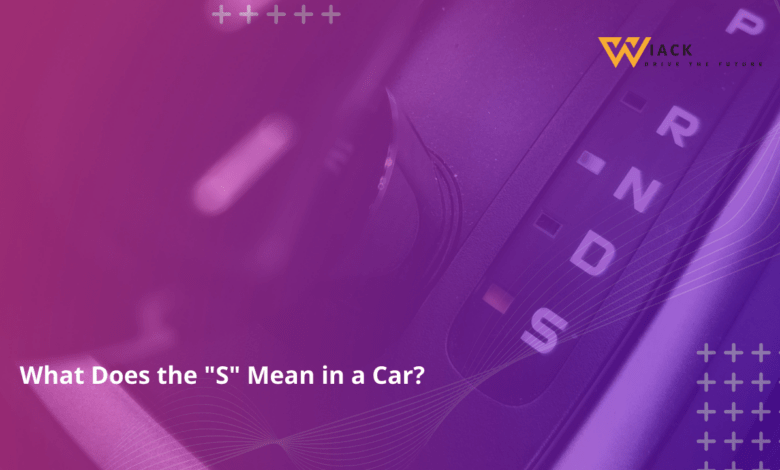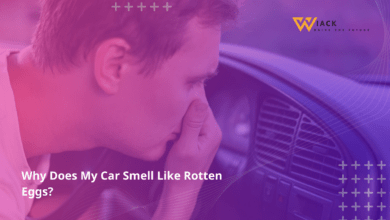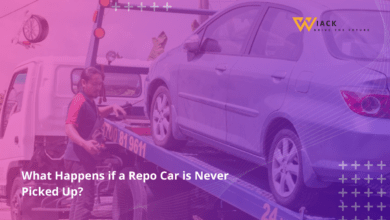What Does the “S” Mean in a Car?

Did you know that in 2023, nearly 800,000 vehicles were declared as write-offs in the UK alone? This staggering statistic highlights the importance of understanding car write-off categories, especially when it comes to the mysterious “S” designation. Whether you’re a car enthusiast, a potential buyer, or simply curious about automotive terminology, knowing what the “S” means in a car can save you time, money, and potential headaches down the road.
Understanding Car Write-Off Categories
Introduction: The Importance of Car Write-Off Categories
When it comes to buying a used car, knowledge is power. Car write-off categories play a crucial role in helping buyers make informed decisions about the vehicles they’re considering. These categories provide valuable information about a car’s history, particularly if it has been involved in an accident or sustained significant damage. Understanding these categories, especially the “S” category, can help you navigate the used car market more effectively and avoid potential pitfalls.
What is a Car Write-Off?
A car write-off occurs when an insurance company decides that a vehicle is either too damaged to be repaired safely or that the cost of repairs would exceed the car’s value. In such cases, the insurer will pay out the car’s market value to the owner and take possession of the vehicle. However, not all write-offs are created equal, which is why we have different categories to classify them.
The History of Car Write-Off Categories
The system of categorizing written-off vehicles has evolved over time to better reflect the complexities of modern cars and to provide more accurate information to potential buyers. Prior to October 2017, the UK used a system that included Categories A, B, C, and D. However, recognizing the need for more clarity, especially regarding structural damage, the Association of British Insurers (ABI) introduced a new system.
Under the current system, we have:
- Category A: Scrap only
- Category B: Break for parts
- Category S: Structurally damaged but repairable
- Category N: Non-structurally damaged but repairable
This new system places a greater emphasis on the type of damage sustained, rather than just the economic factors of repair.
The Meaning of “S” in a Car: Category S Explained
What Does Category S Mean?
The “S” in Category S stands for “Structurally damaged repairable“. This designation is crucial for understanding the extent of damage a vehicle has sustained and its potential for safe repair and return to the road.
When a car is classified as Category S, it means:
- The vehicle has suffered significant structural damage.
- Despite the damage, it is considered repairable.
- The car can potentially be made roadworthy again, but it requires professional repairs.
It’s important to note that Category S replaced the old Category C in the 2017 reclassification. While both indicate repairable damage, Category S specifically highlights structural issues, providing clearer information about the nature of the damage.
Why a Car is Classified as Category S
A car receives the Category S designation when it has sustained damage to its structural framework. This could include:
- A bent or twisted chassis
- Damage to crumple zones
- Significant impact to the car’s frame
The key factor is that while this damage is severe, it’s not so catastrophic that the car is beyond repair. However, the repairs needed are substantial enough that they require professional attention to ensure the vehicle’s safety and roadworthiness.
The Impact of Structural Damage
Structural damage in a Category S car can have far-reaching implications:
- Safety concerns: Damage to a car’s structure can compromise its ability to protect occupants in future accidents.
- Handling issues: Structural misalignment can affect the car’s handling, steering, and overall performance.
- Long-term reliability: Even after repairs, there may be lingering effects on the car’s longevity and reliability.
Understanding these impacts is crucial for anyone considering purchasing or repairing a Category S vehicle.
The Repair Process for Category S Cars
Repairing a Category S car is not a task to be taken lightly. The process typically involves:
- Professional assessment: A thorough evaluation by qualified mechanics to determine the full extent of the damage.
- Specialized equipment: Use of frame straightening machines and other specialized tools to address structural issues.
- Component replacement: Often, damaged structural components need to be completely replaced rather than repaired.
- Rigorous testing: Post-repair inspections and road tests to ensure the car is safe and performs correctly.
It’s crucial that these repairs are carried out by professionals with experience in structural repairs. DIY attempts or repairs by unqualified mechanics can lead to unsafe vehicles and potential legal issues.
Re-registration and Documentation for Category S Cars
Once a Category S car has been repaired, there are important steps to take before it can legally return to the road:
- DVLA notification: The Driver and Vehicle Licensing Agency (DVLA) must be informed of the car’s repaired status.
- Vehicle Identity Check (VIC): In some cases, the car may need to pass a VIC to ensure it’s the same vehicle and has been properly repaired.
- New V5C registration document: A new logbook will be issued, clearly marking the car as a Category S vehicle.
- MOT test: The car must pass a new MOT test to prove its roadworthiness.
These steps ensure transparency about the car’s history and confirm its safety for road use.
The Implications of Buying a Category S Car
The Potential Advantages of Buying a Category S Car
While the idea of buying a car that has been structurally damaged might seem risky, there can be some advantages:
- Lower purchase price: Category S cars are often significantly cheaper than their non-damaged counterparts.
- Opportunity for enthusiasts: For those with mechanical skills, a Category S car can be a project vehicle.
- Potentially good condition: If repaired properly, a Category S car can be in excellent condition overall.
- Transparency: The Category S designation provides clear information about the car’s history.
The Potential Disadvantages of Buying a Category S Car
However, there are also several drawbacks to consider:
- Safety concerns: Even with professional repairs, there may be lingering safety issues.
- Resale value: Category S cars typically have lower resale values.
- Insurance challenges: Some insurers may charge higher premiums or refuse to cover Category S vehicles.
- Hidden problems: There’s always a risk of unforeseen issues related to the original damage.
How to Research a Category S Car Before Buying
If you’re considering a Category S car, thorough research is essential:
- Vehicle history check: Use services like HPI or Experian to get a full history report.
- Repair documentation: Ask for detailed records of all repairs carried out.
- Professional inspection: Have the car inspected by an independent mechanic before purchase.
- Test drive: Always test drive the car to check for any handling or performance issues.
- Insurance quote: Get insurance quotes before buying to understand potential costs.
Insurance Considerations for Category S Cars
Insurance for Category S cars can be more complex:
- Higher premiums: Many insurers charge more for Category S vehicles due to perceived higher risk.
- Limited options: Some insurance companies may not cover Category S cars at all.
- Specialized insurers: Look for insurers who specialize in covering written-off vehicles.
- Full disclosure: Always be honest about the car’s Category S status when applying for insurance.
Conclusion: Understanding the “S” and Making Informed Decisions
Summary: Key Points about Category S Cars
- Category S means the car has suffered structural damage but is repairable.
- Professional repairs and proper documentation are crucial for Category S vehicles.
- Buying a Category S car can offer savings but comes with potential risks and challenges.
- Thorough research and professional inspections are essential when considering a Category S purchase.
Final Thoughts: Weighing the Pros and Cons
Understanding what the “S” means in a car empowers you to make informed decisions. While Category S cars can offer good value, they require careful consideration. Weigh the potential savings against the risks and future implications. Remember, a bargain price tag might come with hidden costs down the road.
Resources and Further Information
For more detailed information on Category S cars and other write-off categories, consider these resources:
- Association of British Insurers (ABI) website
- DVLA guidelines on vehicle write-offs
- Independent car buying guides and forums
By arming yourself with knowledge about Category S and other write-off categories, you’re better equipped to navigate the used car market safely and confidently. Whether you decide to embrace the potential of a Category S vehicle or opt for a car without a write-off history, the key is making an informed choice that aligns with your needs, budget, and risk tolerance.
Get the latest car news, reviews, and prices at Wiack.com. Your one-stop destination for all things automotive.





